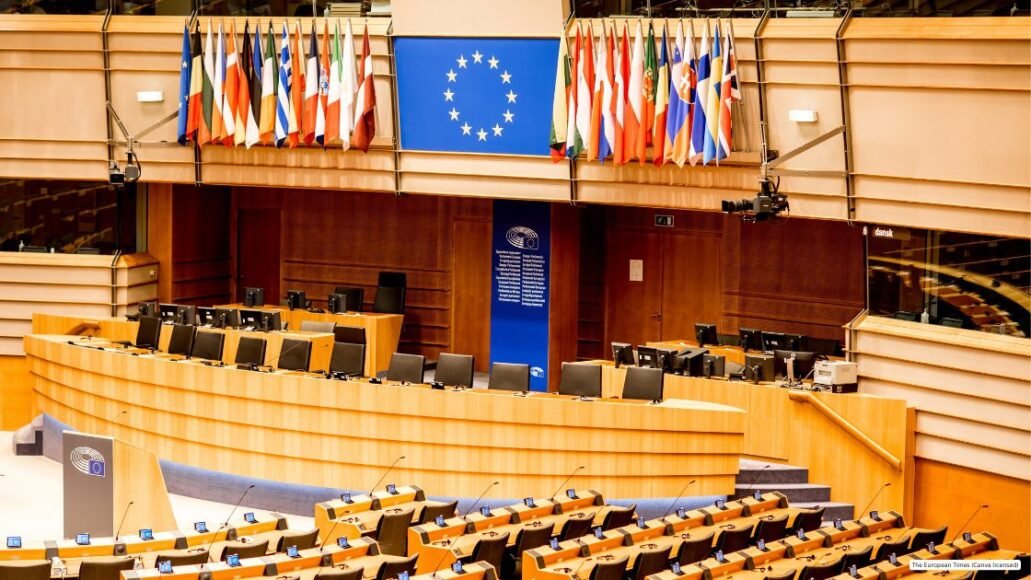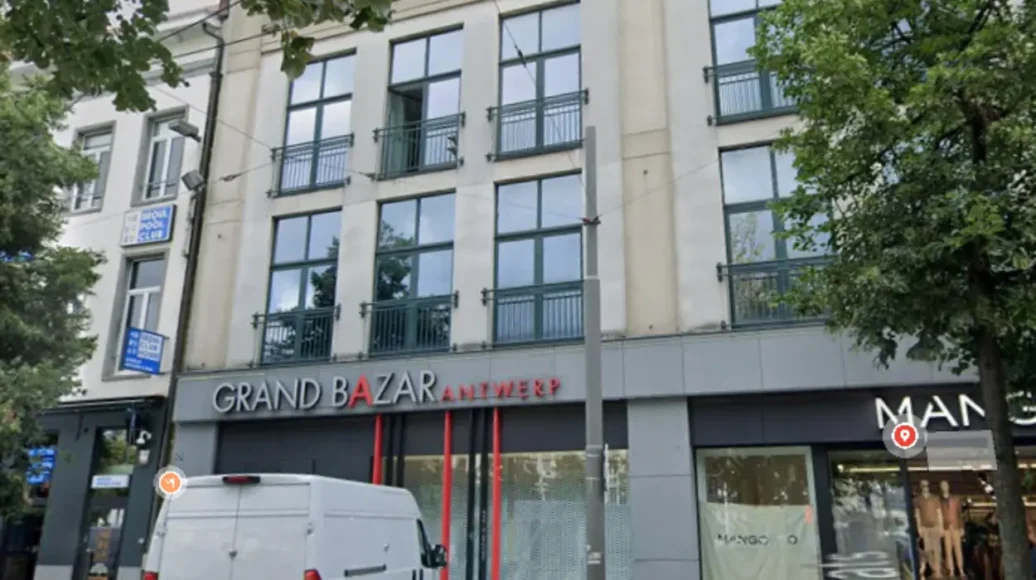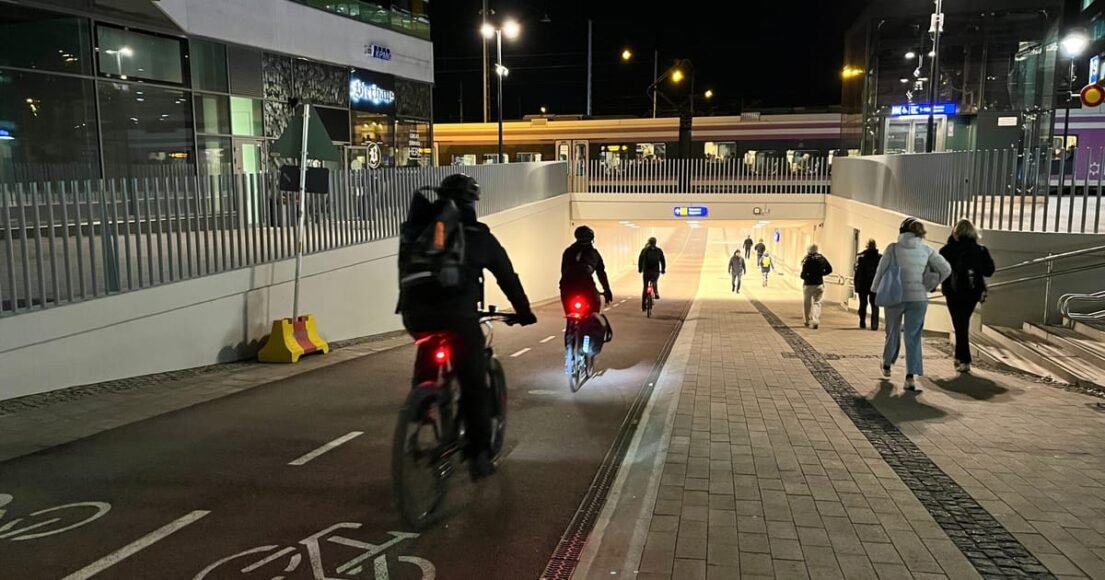Helsinki, one of the smallest EU capitals with just under 690,000 residents, serves as a hub for approximately 1.5 million people commuting across its metropolitan area. Roni Utriainen, a traffic engineer with the city’s Urban Environment Division, stated that various factors contributed to their success, with speed limits being a crucial element.
Research indicates that reducing vehicle impact speed from 40 to 30 kilometers per hour halves the risk of pedestrian fatalities. As a result, the city lowered speed limits in most residential areas and the city center in 2021, enforcing them with 70 new speed cameras. This was part of a policing strategy aligned with the national “Vision Zero” policy, aiming to eliminate traffic injuries and deaths. Data from Liikenneturva, Finland’s traffic safety organization, illustrates a continuous decline in Helsinki’s traffic fatalities since then.
In the past five years, Helsinki’s authorities have been working to replicate their success from 2019 when no pedestrians or cyclists died in vehicle collisions. Utriainen attributed the ongoing success to data-driven, long-term mobility policies and urban development strategies that have shifted the city’s car-centric nature. The city has narrowed roads and planted trees in several areas to intentionally make drivers uncomfortable, prompting more cautious driving in densely populated regions.













Leave a Reply